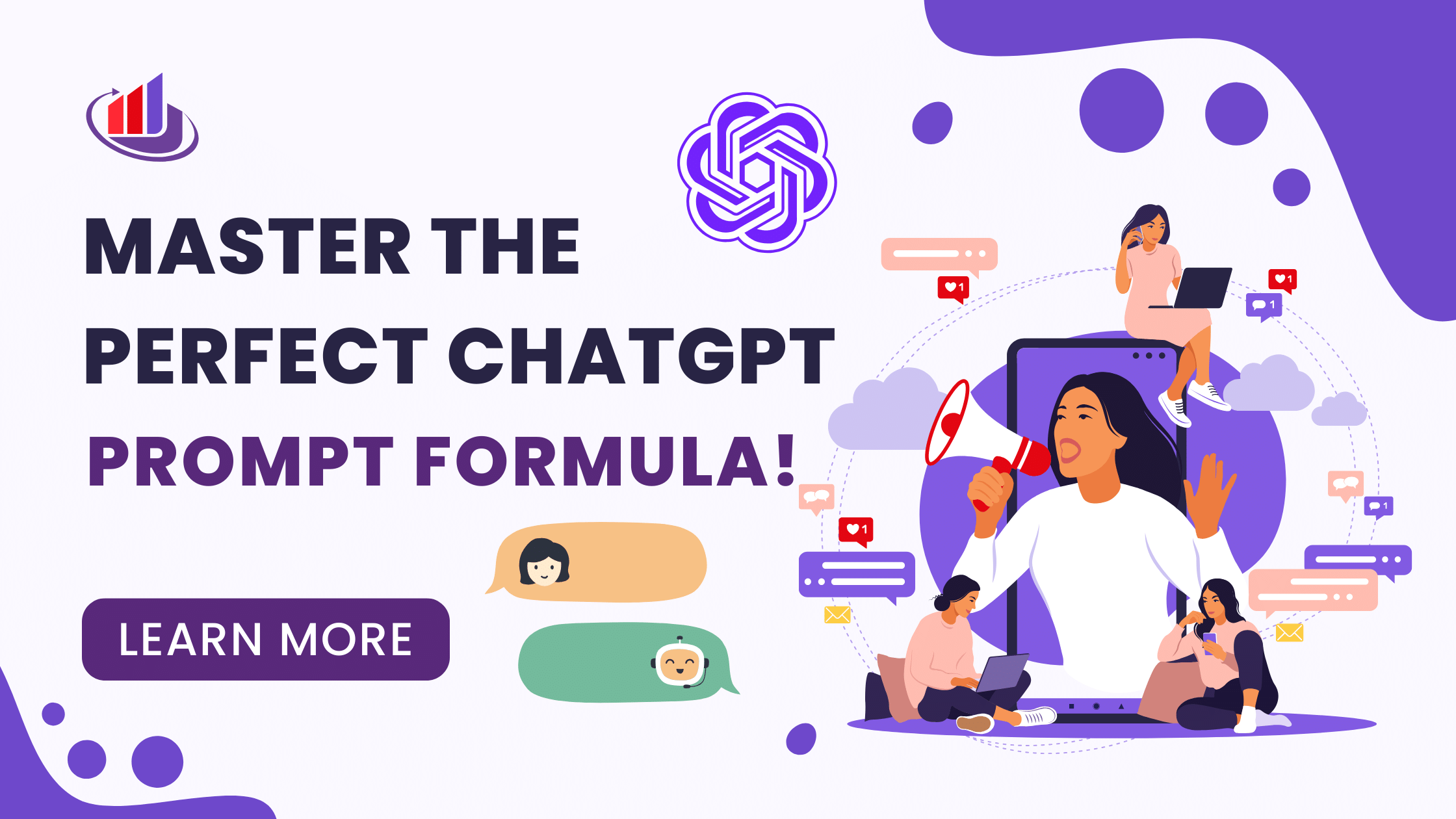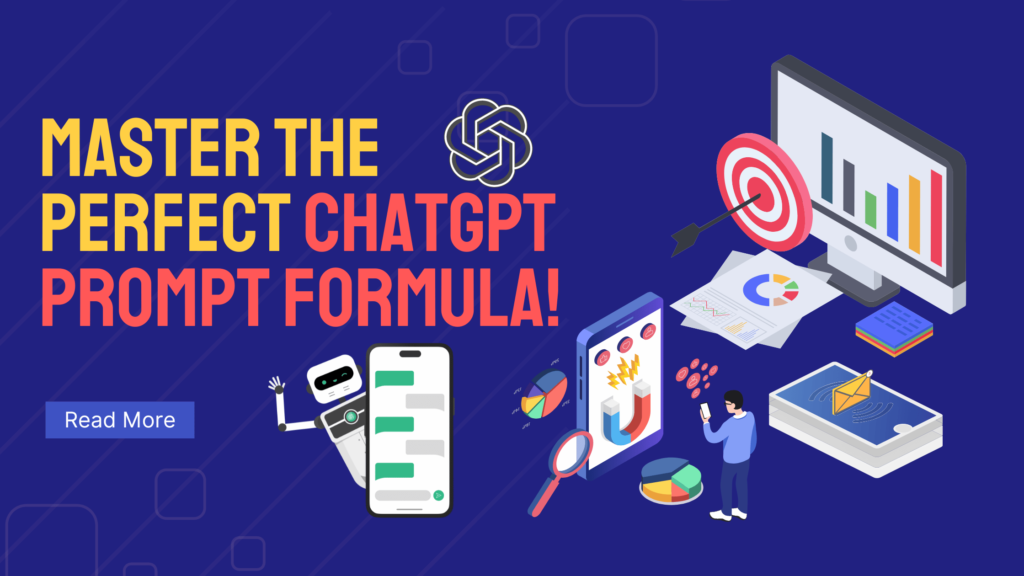Master the Perfect ChatGPT Prompt Formula!
Formula for creating effective signals for ChatGPT and Google Bard. This ChatGPT Prompt Formula includes six essential building blocks: action, context, example, personality, format, and tone. It is important to understand the order of importance among these components for successful promotion.
Importance of Components:
Importance of knowing the six elements and their relative importance. The task is highlighted as the most important element in the prompt. Without a task, AI may have difficulty providing meaningful output. Other components contribute to refining the reaction.
Working Components:
In formulating prompts, it is recommended to start the action sentence with an action verb and clearly express the desired result. Whether it is a simple task or a complex multi-step request, the task determines the focus and purpose of AI.
Context Components:
Given the abundance of information likely to be available, getting the context correct is challenging. Asking three questions: What is the user’s background? What does success look like? What environment are they in? These questions help provide enough context to guide the AI effectively.
Example components:
The inclusion of examples or frameworks, known as exemplars, within the prompt greatly enhances the quality of the AI’s output. How to use examples can improve responses in a variety of scenarios, such as creating a resume, preparing for an interview, and creating a job description.
Personality Components:
The Persona component involves defining who you want ChatGPT or Bard to be in your conversations. This can be a specific role or person. You can also use fictional characters as personas to achieve specific results.
Format Components:
When considering the format component it is important to visualize the desired end result. Close your eyes and imagine what you want the output to look like, whether it’s an Instagram post with lots of likes or a structured document with headers.
Vowel component:
The tone is relatively straightforward but necessary. You can specify an informal or formal tone or convey the emotion you want to evoke in your prompt. A pro tip to provide tone keywords to guide the AI’s response.
By effectively defining the task, context, example, personality, format, and tone, you can inspire AI models like ChatGPT and Google Bard to generate high-quality responses.
Examples of effective prompts for ChatGPT and Google Bard incorporating the key components above:
ChatGPT Writing Help:
Task: Write a 700-word blog entry outlining the benefits of utilising green energy.
Context: Our readers are looking for ways to use green energy, and I run a site about it.
Example: For ideas, look through related articles on our website.
Personality: “Be personable and enlightening like a science journalist.”
Format: “Please structure the post with a title, body, and conclusion.”
Tone: “Maintain a positive and informative tone throughout the article.”
Google Bard Resume Writing:
Task: “Create an engaging summary description for my resume.”
Context: I recently received a degree in computer science, and I’m seeking for a job in software development.
Example: “This is an example of a successful candidate’s summary statement.”
Personality: “Write it like you’re a seasoned HR professional.”
Format: “B, then a complete A, then a C” structure.
Tone: “Strike a balance between professionalism and enthusiasm.”


ChatGPT Interview Preparation:
Task: “Help me formulate an answer to the question: ‘What is your greatest weakness?’ For a job interview.”
Context: “For a management position at a company that provides education.”
Example: To arrange the response, use the STAR (Situation, Task, Action, Result) framework.
Persona: Think of yourself as an interview preparation specialist in the world of career coaching.
Format: “Provide brief, well-organized answers.”
Tone: “Be confident and assured.”
Google Bard Email Drafting:
Task: “Write an email to my client updating them on the progress of the project.”
Context: “I am a project manager working on a software development project.”
Example: “For consistency, look at our previous client update emails.”
Personality: Write as though you are an accomplished project manager.
Format: “Include a brief summary, progress description, and next steps.”
Tone: “Maintain a professional and reassuring tone.”
These examples show how to structure prompts for different tasks, ensuring that the AI model has the information it needs to provide accurate and relevant responses. By effectively incorporating task, context, examples, personality, format, and tone, you can maximize the quality of AI-generated content for a variety of scenarios.

